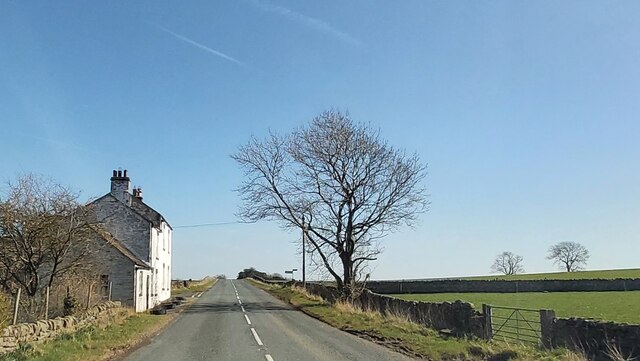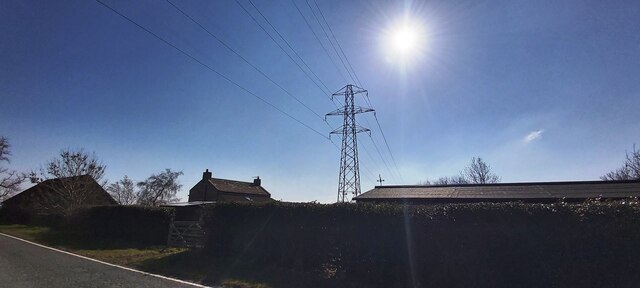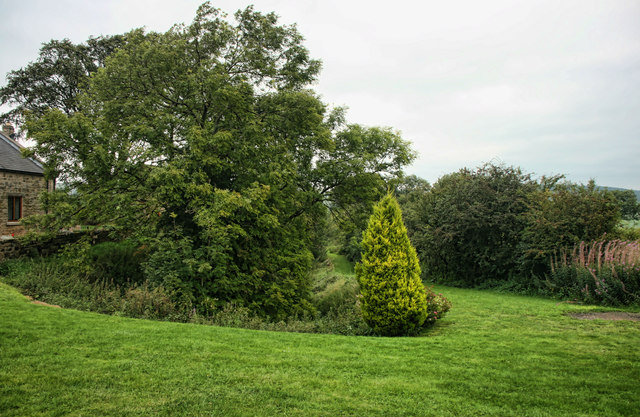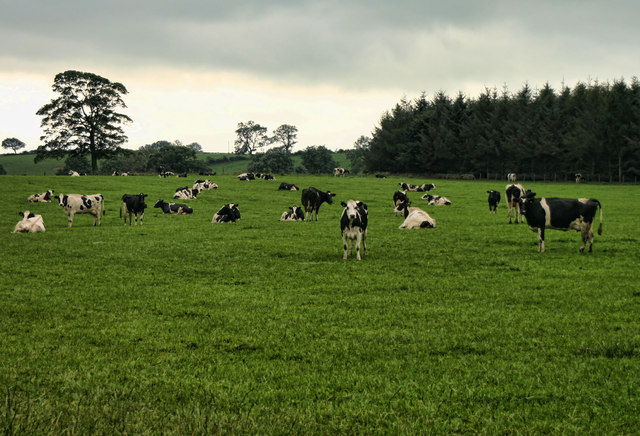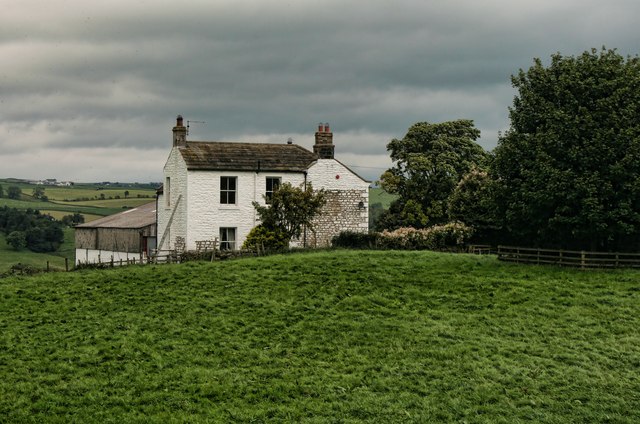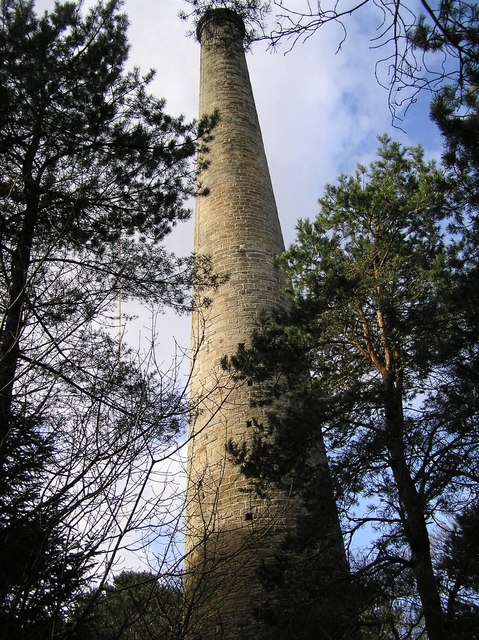Sayer's Plantation
Wood, Forest in Durham
England
Sayer's Plantation

Sayer's Plantation is a picturesque woodland located in Durham, England. Covering a vast area, it is renowned for its lush greenery, diverse flora, and tranquil surroundings. The plantation primarily consists of a dense forest, offering a serene escape from the hustle and bustle of city life.
The woodland is known for its rich biodiversity, housing a wide range of plant and animal species. Towering oak and beech trees dominate the landscape, creating a majestic canopy that provides shade on sunny days. The forest floor is adorned with a carpet of wildflowers, including bluebells, primroses, and foxgloves, adding a burst of color to the scenery.
Sayer's Plantation is a haven for nature enthusiasts and birdwatchers. It is home to various avian species, including woodpeckers, owls, and thrushes. The plantation also attracts migratory birds during certain seasons, making it an ideal spot for birdwatching enthusiasts.
Visitors can explore the plantation through a network of well-maintained walking trails. These paths wind through the forest, offering opportunities to observe wildlife and enjoy the beauty of the surroundings. The plantation also features picnic areas, where visitors can relax and soak in the peaceful ambiance.
Maintained by local authorities, Sayer's Plantation offers a range of recreational activities. These include guided nature walks, educational programs, and photography workshops. The woodland is open to the public throughout the year, providing a serene retreat for nature lovers and an escape into the beauty of Durham's natural landscape.
If you have any feedback on the listing, please let us know in the comments section below.
Sayer's Plantation Images
Images are sourced within 2km of 54.602319/-1.8871838 or Grid Reference NZ0723. Thanks to Geograph Open Source API. All images are credited.


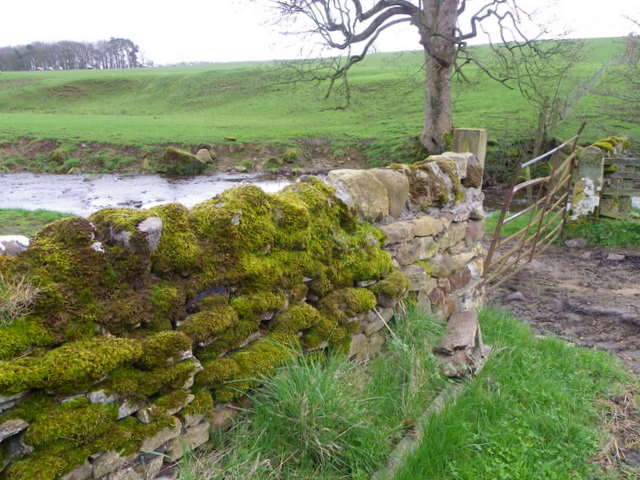

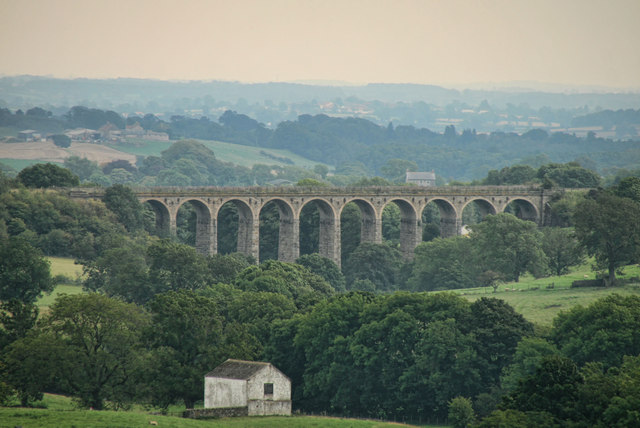

Sayer's Plantation is located at Grid Ref: NZ0723 (Lat: 54.602319, Lng: -1.8871838)
Unitary Authority: County Durham
Police Authority: Durham
What 3 Words
///companies.blizzard.dairies. Near Cockfield, Co. Durham
Related Wikis
Copley, County Durham
Copley is a village of roughly 400 inhabitants in County Durham, England. It is situated 9 miles west of Bishop Auckland, and 6 miles from Barnard Castle...
Kinninvie
Kinninvie is a hamlet in County Durham, England. It is situated to the north of Barnard Castle. Kinninvie is in the civil parish of Marwood.The name Kinninvie...
Woodland, County Durham
Woodland is a rural village in County Durham, England. It is situated 1100 feet above sea level, a few miles to the north of Barnard Castle, and west of...
Marwood, County Durham
Marwood is a civil parish in County Durham, England. It had a population of 529 at the 2011 Census. == History == Marwood was a township in Gainford parish...
Nearby Amenities
Located within 500m of 54.602319,-1.8871838Have you been to Sayer's Plantation?
Leave your review of Sayer's Plantation below (or comments, questions and feedback).
